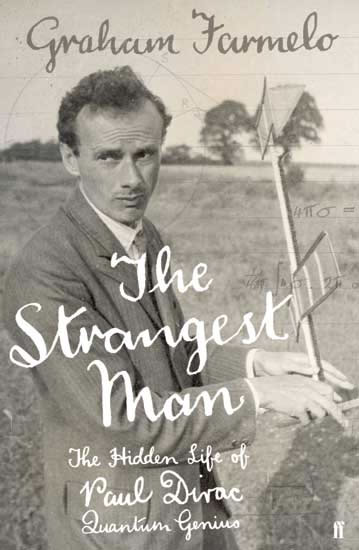 The media circus that accompanied the grand switch-on in September of the “Big Bang machine” showed just how far we’ve come to accept the idea that small and bizarre sub-atomic particles can be conjured from the depths of the brain. One motivation for building the Large Hadron Collider at CERN near Geneva is to look for the Higgs boson, a theoretical particle postulated by the Edinburgh physicist Peter Higgs in the 1960s. Since he dreamed it up, there has been not a shred of direct evidence for its existence – not that physicists seem too bothered yet.
The media circus that accompanied the grand switch-on in September of the “Big Bang machine” showed just how far we’ve come to accept the idea that small and bizarre sub-atomic particles can be conjured from the depths of the brain. One motivation for building the Large Hadron Collider at CERN near Geneva is to look for the Higgs boson, a theoretical particle postulated by the Edinburgh physicist Peter Higgs in the 1960s. Since he dreamed it up, there has been not a shred of direct evidence for its existence – not that physicists seem too bothered yet.
The Strangest Man is the tale of the brilliant physicist who first took similar bold leaps into the theoretical unknown. Paul Dirac’s confidence in the beauty and truth of mathematical reasoning meant he was seldom worried that the comforting embrace of corroborative experimental results was often a very long way behind him.
Lesser scientists were more concerned about his forays into the theoretical wilderness, though. For example, his prediction in 1930 that the electron has an equivalent anti-particle, the positron, was greeted with great scepticism, until experimenters proved two years later that it did exist.
Dirac was an exceptional mind. At 31 he was the youngest theoretical physicist ever to win a Nobel Prize, for his work on quantum mechanics. A year earlier in 1932 he was made Lucasian Professor of Mathematics at Cambridge – at 29 he was a few months older than Isaac Newton when he took up the same position in 1669. Its current holder is Stephen Hawking.
The physicist Freeman Dyson sums up Dirac’s effortless brilliance best. “His great discoveries were like exquisitely carved marble statues falling out of the sky one after another. He seemed to be able to conjure laws of nature from pure thought.”
The trouble with Graham Farmelo’s book, though, is that it takes a very long time to tell its reader about Dirac’s brilliance. After an arresting but rushed prologue Farmelo falls into the biographer’s trap of starting at the beginning. So before the casual reader knows why she should bother sticking with the 400-plus pages she is deep into the slightly boring but necessary stuff about Dirac’s torrid early home life.
It is worth persevering after the slow start but Farmelo’s meticulous research becomes both a blessing and a curse. The previously undiscovered archive of Dirac family papers which Farmelo has used – amongst many other sources – have given him a valuable insight into the brilliant physicist’s life and mind. And there are some glorious details that liven up the sometimes overly academic style. We learn when Dirac first used a telephone for example (when the physicist Niels Bohr invited him round for Christmas in 1926), and that Cary Grant went to the same school in Bristol.
But much of the time, the text is bogged down with detail about peripheral characters and irrelevant asides. Why do we need to know that while Dirac was working in Copenhagen he followed the same walking routes as the 19th-century philosopher Søren Kierkegaard? A better editing job might have improved matters.
Dirac was clearly odd even by physicists’ standards (Farmelo’s title is a quotation from Bohr). He once asked the physicist Werner Heisenberg why he enjoyed dancing with pretty girls, for example.
And even Einstein found him peculiar. “I have trouble with Dirac,” he wrote to a friend. “This balancing on the dizzying path between genius and madness is awful.” The date that Farmelo puts on this letter – Christmas Eve 1907 – is puzzling, though, since Dirac would have been five years old.
Dirac’s views on God were unambiguous. He called religion “a jumble of false assertions, with no basis in reality. The very idea of God is a product of the human imagination.” Another colleague once asserted, “There is no God and Dirac is his prophet.”
His views on politics were also intriguing. He regularly holidayed in the Soviet Union, even during the purges, and once submitted a paper to a Soviet journal in honour of the 20th anniversary of the Bolshevik revolution. But I was left wanting to know much more about that side of his life.
This is a thorough but sometimes less than vivid treatment of Dirac’s life. Farmelo does not have the flair of a Dava Sobel or Jo Marchant to bring his character to life, but this is an immensely detailed picture of one of the most gifted and fascinating physicists of all time.
The Strangest Man is published by Faber

